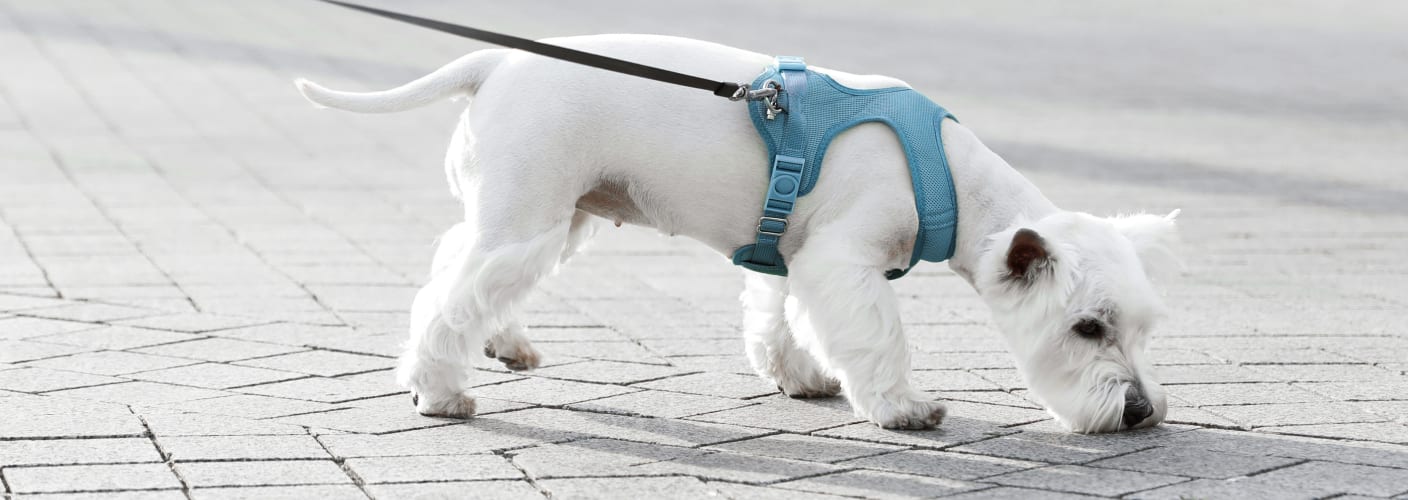It's important to ensure your cat is receiving proper oral care. If their teeth are not cleaned regularly, your cat can develop gum disease like gingivitis. Here, our vets in Erin share some facts on gingivitis in cats, and the signs causes and treatments for this disease.
What is gingivitis in cats?
Gingivitis is inflammation of the gum or gingiva, which surrounds the teeth. Considered the earliest stage of periodontal disease, this condition afflicts more than 80% of pets three years or older. Many cats and dogs will go on to develop more severe forms of periodontal disease.
This disease can range from moderate to severe. In extreme cases, cats with gingivitis may have problems eating and become very uncomfortable. However, gingivitis can be reversed with prompt, appropriate care from your veterinarian.
A tooth cleaning under anesthesia may be required to treat the condition. Just like in humans, plaque – an accumulation of dead skin cells, food particles, germs, and mucus – can build up on the teeth and contribute to this dental issue.
Signs of Gingivitis in Cats
Common signs of gingivitis in cats include:
- Drooling
- Bad breath
- Red or swollen gums, particularly around the inner cheek area
- Difficulty eating or not eating at all
- Difficulty picking up food or toys
- Plaque buildup on the surface of the teeth
- Tartar (calculi)
If you see any of the symptoms listed above in your cat, contact your veterinarian right away to book an appointment for a dental exam.
Causes of Gingivitis in Cats
Common causes of gingivitis in cats include:
- Poor dental care
- Not receiving oral care
- Abnormal chewing habits
- Autoimmune diseases
- Old age
- Soft food
- Crowded teeth
- FeLV (Feline Leukemia Virus)
Some cats hide their pain exceptionally well and may not display any signs of discomfort, even if they are experiencing severe oral pain. Even cats who are active and eating normally can have serious dental diseases. Bringing your cat in for their annual routine exam will help your vet identify any dental disease, as they are often able to discover signs of this condition while observing an animal and checking for symptoms listed above.
After your vet has performed a thorough examination, they will ask you numerous questions, such as when your cat's bad breath began, what they normally eat, and whether they have had problems eating or chewing. A more in-depth dental examination may need to be done when your cat is under anesthesia to diagnose gingivitis properly, and provide appropriate treatment.
How to Treat Your Cat's Gingivitis
Your veterinarian will recommend gingivitis treatment for your cat, which focuses on eliminating accumulated plaque and dental calculus and treating or extracting destabilized and/or diseased teeth. To determine if gingivitis has progressed to periodontal disease, a vet may recommend x-rays to see if there is infection at the tooth root.
For cats suffering from stomatitis to have a comfortable mouth, their teeth are frequently extracted by a veterinarian if necessary.
The frequency of dental checkups will be determined by the degree of periodontal disease in your cat. If your adult cat's teeth are overcrowded, or if it has baby (deciduous) teeth, your veterinarian may recommend a tooth extraction.
The tooth surfaces will be polished, and the teeth will be reexamined after cleaning. Other treatments may be necessary based on the condition of your cat’s teeth and gums.
Your veterinarian will show you how to clean your cat's teeth, and you should schedule follow-up exams.
Maintaining Your Cat's Teeth
Cat-specific toothbrushes and toothpaste are available at pet supply stores and can help prevent gingivitis. Brushing should be introduced gradually and consistently so that cats become accustomed to it.
Veterinary antibacterial solution may also be prescribed to reduce plaque buildup. It can be squirted onto a cat's teeth directly or into their drinking water.
Get your cat familiar with toothbrushes and toothpaste
Leave snacks on the counter near the toothpaste and toothbrush so cats can associate something positive with them. You can also place a dab of toothpaste for them to lick off your finger so they get accustomed to it.
Get your cat used to you touching their mouth
Choose a dental treat your cat enjoys and place it on its canine teeth. As they become accustomed to it, start placing it deeper and deeper into their mouth, on their teeth. This gets them used to you touching their mouth and makes it easier for you to introduce the toothpaste.
Brushing
With your cat used to the toothbrush, toothpaste, and you touching their mouth, it should be easier to brush their teeth. Brush along the gum line for about 15 to 30 seconds, only on the outside of the teeth, and reward them with a treat afterward.
Note: The advice provided in this post is intended for informational purposes and does not constitute medical advice regarding pets. For an accurate diagnosis of your pet's condition, please make an appointment with your vet.

